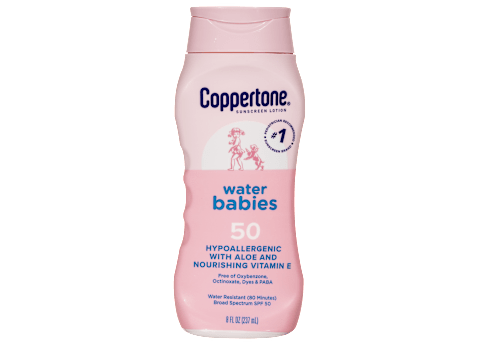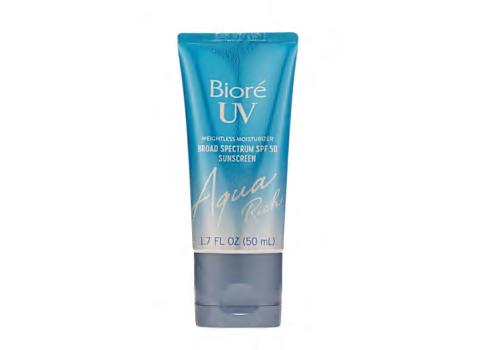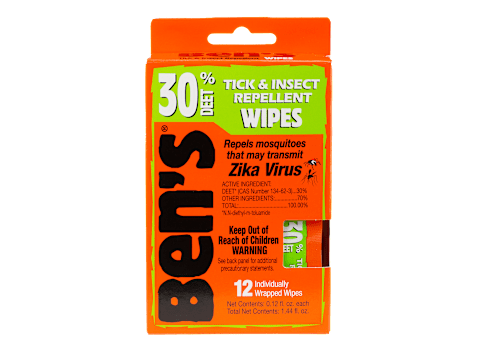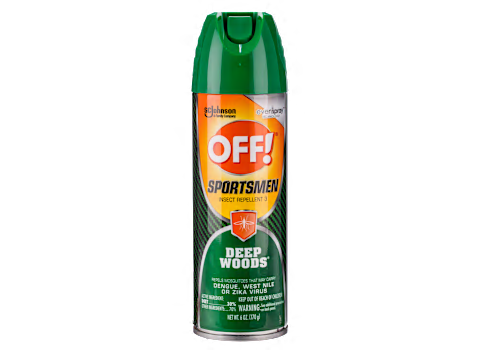Evita los productos que combinan protector solar con repelente de insectos. Aquí te explicamos por qué.

Los repelentes de insectos pueden reducir la eficacia del protector solar. Además, no es recomendable volver a aplicar el repelente cada dos horas, algo imprescindible con el protector solar.
By Kevin Loria
Cuando pasas tiempo al aire libre, especialmente con la llegada del calor, hay mucho que disfrutar, pero también mucho que evitar: quemaduras solares, picaduras que que dan comezón, enfermedades transmitidas por garrapatas y mosquitos, y cáncer de piel, para empezar. Por eso, tanto el protector solar como el repelente de insectos son esenciales.
Es fácil ver el atractivo de los productos combinados, que incluyen protector solar y repelente de insectos en un práctico envase. Sin embargo, estos productos deben evitarse, aconseja John Galeotafiore, director asociado de pruebas de productos en CR.
El protector solar y el repelente de insectos deben aplicarse en diferentes cantidades y frecuencias, y combinarlos podría reducir su eficacia o cambiar la forma en que son absorbidos por la piel, dice la doctora Esther Freeman, profesora asociada de dermatología en la Facultad de Medicina de Harvard.
Los Centros para el Control y la Prevención de Enfermedades (CDC) también recomiendan a los viajeros evitar estos productos, ya que el protector solar generalmente debe aplicarse con mayor frecuencia y en mayor cantidad que los repelentes de insectos. El protector solar normalmente debe aplicarse cada dos horas, según el doctor Ross Radusky, dermatólogo y director médico del Centro de Tratamiento e Investigación Dermatológica de Dallas; los repelentes de insectos suelen estar diseñados para durar de seis a ocho horas.
Volver a aplicar un producto combinado cada dos horas podría exponerte a demasiado repelente de insectos, mientras que volver a aplicarlo cada seis horas podría significar que no estarías adecuadamente protegido del sol.
Los repelentes de insectos son seguros si se usan según las indicaciones. Sin embargo, cualquier producto aplicado en la piel podría causar irritación o reacción alérgica. Según los CDC, aplicarlos con demasiada frecuencia aumenta el riesgo de estas reacciones.
Además, algunas investigaciones indican que la combinación del ingrediente común de repelente de insectos DEET con protector solar puede reducir el factor de protección solar en aproximadamente un 30%.
Protégete de los insectos y del sol
Usa productos separados para protegerte tanto del sol como de los insectos.
Piensa en el protector solar como una barrera y aplícalo primero, dice Radusky. Una vez que esté completamente seco, puedes aplicar el repelente de insectos. Recuerda nunca rociarte el repelente directamente en la cara; aplícalo en las manos y luego extiéndelo por la cara y el cuello. (Consulta nuestro artículo anterior para obtener más consejos sobre cómo aplicar el repelente de insectos de forma segura).
No olvides reaplicar el protector solar cada dos horas, especialmente si sudas o nadas.
Aquí tienes algunos de nuestros protectores solares y repelentes de insectos con las mejores calificaciones.
Coppertone Water Babies Lotion SPF 50
This classic Coppertone lotion proves to be a winner in CR’s tests and is a decent value to boot. It’s a thin lotion with a slight floral and baby powder aroma. It left a sheen and a lot of greasy film on testers’ skin.
Eucerin Advanced Hydration Spray SPF 50
This Eucerin Advanced Hydration SPF 50 spray is a solid performer with broad-spectrum protection. Its tested SPF comes close to its labeled SPF 50. It has a plastic (“beach ball”) aroma reminiscent of fragrance-free products, and it left a slight film on testers’ skin.
Biore UV Aqua Rich SPF 50 Daily Moisturizer
Biore UV Aqua Rich SPF 50 Daily Moisturizer facial sunscreen uses chemical active ingredients and delivers strong broad-spectrum protection, with excellent UVA coverage to help prevent premature aging and long-term skin damage, and very good UVB protection to effectively guard against sunburn. Its high-performing formula makes it well-suited for daily use as well as extended time outdoors, offering reliable defense in a lightweight, comfortable application. It’s a lotion with a citrus and lemongrass aroma, but it is not water resistant.
Ben’s Tick & Insect Repellent Wipes
These stand-out repellent wipes from Ben’s are among the top-performing products in CR’s testing. With 30 percent deet as their active ingredient, they offer top-notch protection against mosquitoes. They’re only about average when it comes to their tendency to damage clothing fabric—so if you’re concerned, test one on an inconspicuous spot.
Off Sportsmen Deep Woods Insect Repellent 3
This 30 percent deet insect repellent from Off is one of the top-performing aerosol spray options from CR’s tests. It offers excellent protection against mosquitoes and ticks. It does tend to damage fabrics and other materials, however, so apply with care.
Repel Lemon Eucalyptus Insect Repellent Pump
This pump spray from Repel is not only the best deet-free repellent in our ratings but also one of the best-performing of all of our tested repellents. With 30 percent oil of lemon eucalyptus as its active ingredient, it offers excellent protection against mosquitoes and ticks. Plus, CR’s testers found that, unlike many insect repellents, this product tends not to damage fabrics or other materials.
Consumer Reports is an independent, nonprofit organization that works side by side with consumers to create a fairer, safer, and healthier world. CR does not endorse products or services, and does not accept advertising. Copyright © 2025, Consumer Reports, Inc.











